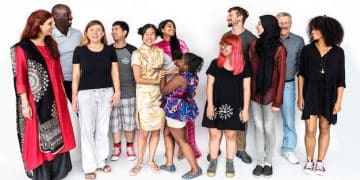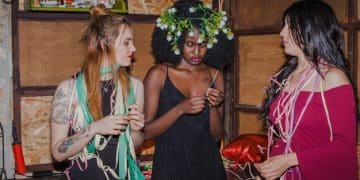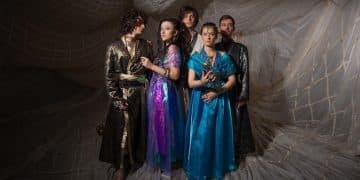Cosplay: A Geek Lifestyle Phenomenon
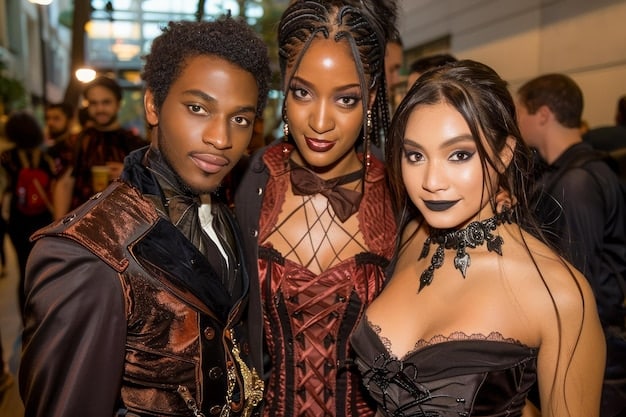
Cosplay, short for costume play, is a vibrant subculture where enthusiasts create and wear costumes to represent specific characters from various forms of media, deeply embedded in the geek lifestyle.
Dive into the captivating world of cosplay, where creativity and fandom collide. More than just dressing up, cosplay is an immersive art form that brings beloved characters to life, fostering a strong sense of community among geeks worldwide.
What is Cosplay? Understanding the Basics
Cosplay, derived from “costume play,” is an activity and performance art where people wear costumes and accessories to represent a specific character. It’s a fusion of costume-making, performance, and fandom, allowing individuals to express their passion for various characters and franchises.
Cosplay transcends mere dress-up; it embodies a deep connection to the chosen character. Cosplayers often spend countless hours crafting intricate costumes and perfecting their character’s mannerisms.
The Origins of Cosplay
The roots of cosplay can be traced back to science fiction and fantasy conventions in the United States during the late 1930s and 1940s. However, the modern form of cosplay as we know it today emerged in Japan in the 1970s, particularly within the science fiction and anime fandoms. Since then, it has evolved from a niche hobby into a global phenomenon.
Key Elements of Cosplay
Cosplay is defined by several key elements that contribute to the overall experience:
- Costume Creation: Crafting accurate and detailed costumes, which may involve sewing, crafting armor, and creating props.
- Character Emulation: Embodying the personality and mannerisms of the character being portrayed.
- Community Engagement: Sharing creations at conventions, participating in photo shoots, and connecting with other cosplayers.
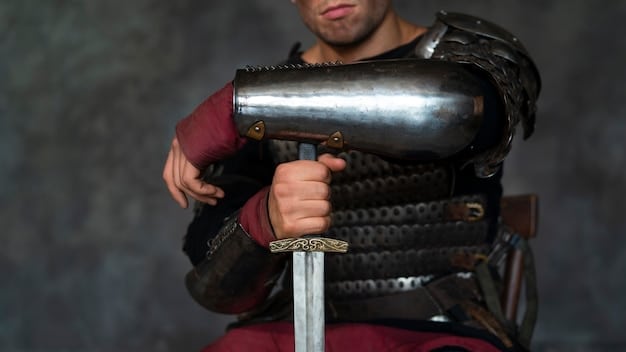
The Art of Costume Creation in Cosplay
At the heart of cosplay lies the art of costume creation, a process that demands skill, creativity, and dedication. Cosplayers employ a wide array of techniques and materials to bring their visions to life.
From sewing intricate garments to crafting detailed armor, the construction of a cosplay costume can be both rewarding and challenging.
Sewing and Fabric Selection
Sewing is a fundamental skill for many cosplayers. Choosing the right fabrics to match the character’s attire can make significant differences in costume accuracy. Mastering various sewing techniques is necessary to create detailed costumes.
Armor and Prop Building
Many cosplay characters wear armor or wield unique props. Constructing these items often involves working with materials like EVA foam, thermoplastics, and 3D-printed components. Techniques such as shaping, painting, and weathering are used to achieve a realistic look.
Cosplay is not just about wearing the costume, it is about what happens in the costume.
Cosplay’s Growing Impact on Geek Culture
Cosplay has become a significant part of geek culture, influencing how fans engage with their favorite characters and stories. Its increasing visibility and the growing number of cosplay events highlight its cultural importance.
Cosplay enhances the fan experience by enabling individuals to connect more deeply with characters and narratives.
Cosplay in Popular Media
Cosplay has made its way into popular media, with cosplay competitions featured in reality TV shows and cosplayers collaborating with brands for promotional campaigns. These appearances have increased awareness and acceptance of cosplay.
Building a Cosplay Community
Cosplay fosters a sense of community among fans, offering opportunities to connect with others who share similar interests. Online forums, social media groups, and cosplay conventions provide platforms for cosplayers to share their work, exchange tips, and collaborate on projects.
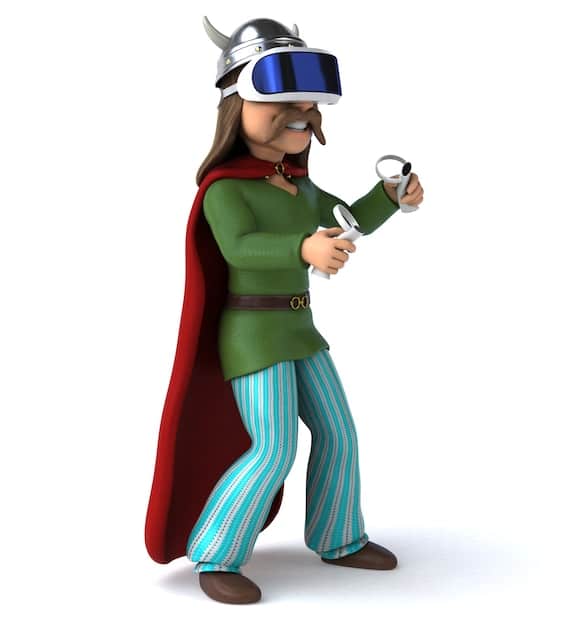
Cosplay Conventions: The Heart of the Community
Cosplay conventions serve as central hubs for the community, providing cosplayers with a platform to showcase their creations, connect with fellow enthusiasts, and celebrate their shared passion.
These events offer a variety of activities, including costume contests, workshops, panels, and photo opportunities.
Notable Cosplay Conventions
Several conventions around the world attract thousands of cosplayers each year. San Diego Comic-Con, Anime Expo, Dragon Con, and PAX are among the most popular events.
What to Expect at a Convention
- Cosplay Masquerades: Elaborate costume contests where cosplayers can showcase their craftsmanship and performance skills.
- Workshops and Panels: Educational sessions teaching various cosplay techniques, such as wig styling, prop making, and makeup application.
- Vendor Halls: Spaces where artists, craftsmen, and retailers sell cosplay-related materials and merchandise.
Cosplay Ethics and Best Practices
As cosplay gains popularity, it is important to address ethical considerations and best practices within the community. Respect for fellow cosplayers, cultural sensitivity, and adherence to safety guidelines are essential aspects of responsible cosplay.
Upholding these standards helps create a welcoming and inclusive environment where everyone can enjoy cosplay.
Respecting Boundaries
Always ask for permission before taking photos of cosplayers and respect their personal space. Avoid making unwanted comments or gestures that could make someone uncomfortable.
Cultural Sensitivity
When cosplaying characters from different cultures, conduct thorough research to ensure accuracy and avoid cultural appropriation. Be mindful of the potential impact and seek feedback from members of the culture being represented.
Safety First
Prioritize safety when creating and wearing costumes. Ensure that props are non-hazardous and comply with convention regulations. Use appropriate safety gear when working with tools or materials.
The Future of Cosplay: Trends and Innovations
The future of cosplay is bright, with new trends and innovations constantly emerging. Advancements in technology, such as 3D printing and digital design, are opening new possibilities for costume creation.
Cosplay continues to evolve as a dynamic and inventive art form.
Technological Advancements
- 3D Printing: Creating intricate props and armor pieces with precision and efficiency.
- Digital Design: Using computer software to design costume patterns and details.
- Wearable Technology: Incorporating LED lights, sound effects, and interactive elements into costumes.
Emerging Trends
Cosplay is becoming more inclusive, with cosplayers of all backgrounds and body types participating. Crossplay (cosplaying characters of a different gender), genderbend (gender-swapped versions of characters), and original character designs are gaining popularity.
| Key Concept | Brief Description |
|---|---|
| 🎭 Definition of Cosplay | Cosplay is costume play, where enthusiasts dress up as characters from pop culture. |
| 🧵 Costume Creation | Involves sewing, crafting armor, and creating props to replicate character outfits. |
| 🤝 Community Engagement | Cosplayers connect at conventions, share tips, and collaborate on projects. |
| 🎉 Conventions | Events like Comic-Con and Anime Expo are central hubs for cosplayers. |
FAQ About Cosplay
▼
Cosplay stands for “costume play,” which is an activity where participants dress up in costumes and accessories to represent characters from various media, such as anime, comic books, video games, and movies.
▼
Start by choosing a character you love and feel connected to. Research the character’s outfit and gather reference images. Join cosplay communities online, and consider attending a local convention for inspiration and networking.
▼
Consider your personal skill set for crafting the costume, the character’s complexity, and your comfort level wearing the outfit. Choose characters you genuinely enjoy and feel confident embodying, aligning passion and feasibility.
▼
Cosplayers use a variety of materials, including fabric, EVA foam, thermoplastics, and 3D-printed parts. The choice of materials depends on the desired look, durability, and budget of the costume, alongside convenience in usage.
▼
Always ask for permission before taking photos, respect personal space, and be mindful of cultural sensitivities. Handle props safely, and adhere to convention rules. Protect your costume by using appropriate storage and repair kits.
Conclusion
Cosplay provides a unique outlet for expressing creativity, connecting with communities, and celebrating beloved characters. Embracing the art of cosplay enriches geek culture and continues to evolve with new trends and technologies.

